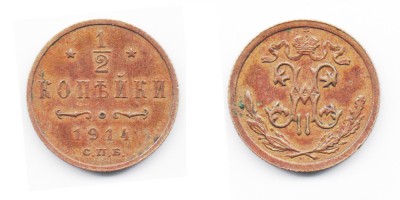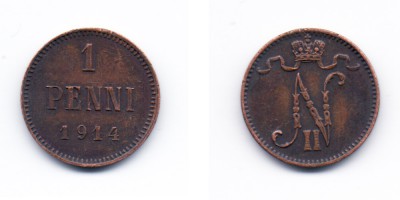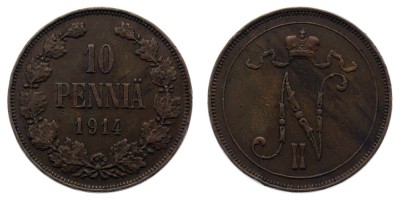Chasing and casting of the first coins did not begin immediately, so the role of means of payment performed other people appreciated things such as livestock, sea shells, a human force, and grain. Centuries later, with the advent of the age of bronze, the metal began to perform a monetary function.
Precious metals have become the best option of the cash equivalent, as they had a small weight and considerable cost.
Since the moment it was invented first hammered coin – the 16th century BC, it took many years, but the production of the coins continues today.
1914 was a year of irrevocable change in the field of minting coins.
The beginning of the XX century was marked by the replacement of gold coins for paper means of payment. The reason for this was, of course, the war, plunging many States into a state of poverty and ruin. Britain, France, and Russia were forced to cease production of gold coins, and go for raw materials lower cost.
Tsarist Russia from the beginning of hostilities, in order to keep the economic condition of the country, stopped the process of minting coins of gold, silver, and copper. The production of coins returned only during the Soviet era.
The United States also touched upon the burden of the war, and the state began to issue coins, images of which wore a tinge of patriotism.
Colonial country in these difficult times didn't stop coin production. For example, India has long been coined from English sovereigns.
 Russian
Russian English
English Deutsch
Deutsch Spanish
Spanish Português
Português













